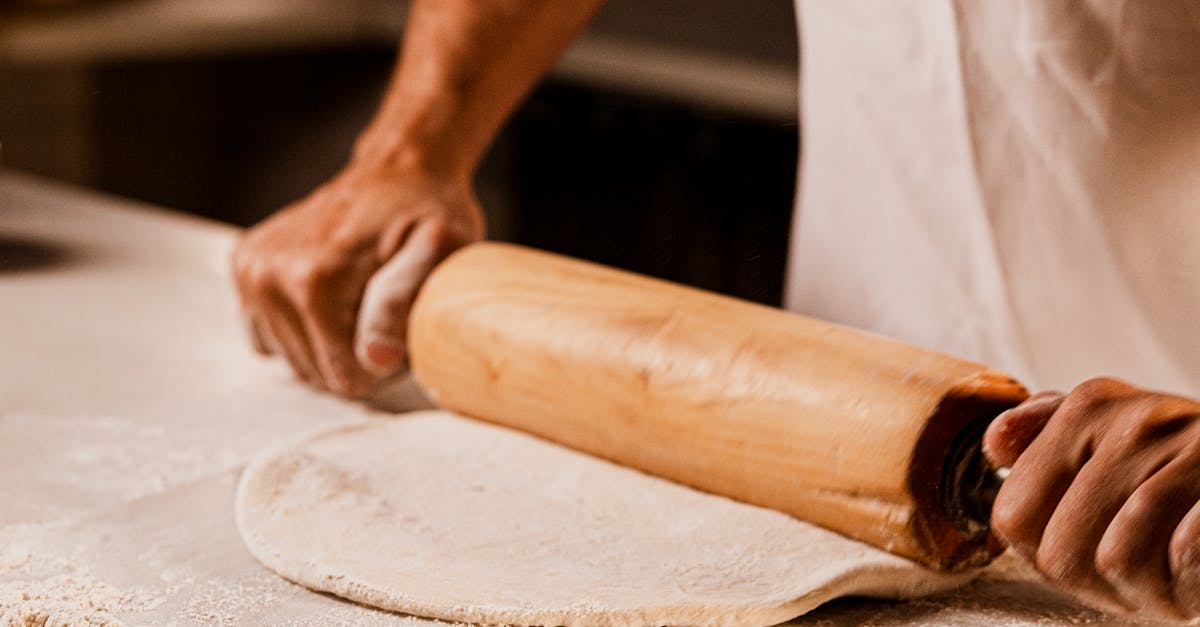Making pizza dough at home can be an incredibly rewarding experience, allowing you to customize your pizza to your exact preferences. Whether you’re a beginner or a seasoned cook, this guide will help you create the perfect base for your favorite pizza toppings. In this article, we’ll walk you through the essential ingredients, equipment, and techniques needed to make pizza dough from scratch.
| Ingredient | Quantity |
|---|---|
| All-purpose flour | 4 cups |
| Warm water | 1.5 cups |
| Active dry yeast | 2.25 teaspoons |
| Olive oil | 2 tablespoons |
| Salt | 1.5 teaspoons |
| Sugar | 1 teaspoon |
All-Purpose Flour
All-purpose flour is the foundation of your pizza dough. It provides the necessary gluten structure that gives the dough its chewy texture. You can also experiment with bread flour or a mix of flours for a different texture. Make sure to measure your flour correctly, as too much can lead to dry dough. For best results, sift the flour before measuring to aerate it.

Warm Water
Warm water is crucial for activating the yeast. The ideal temperature for water is around 110°F (43°C). If the water is too hot, it can kill the yeast, and if it’s too cold, the yeast won’t activate properly. Always use a thermometer to ensure the right temperature. This step is vital for achieving a good rise in your dough.

Active Dry Yeast
Active dry yeast is the leavening agent that makes your dough rise. It’s important to proof the yeast in warm water with a bit of sugar before mixing it into the flour. This process ensures that the yeast is alive and active. If your mixture bubbles and foams, your yeast is good to go. If not, it’s best to start over with new yeast.

Olive Oil
Adding olive oil to your dough not only enhances the flavor but also improves the texture by making it more pliable. It helps in creating a softer crust and prevents the dough from becoming too tough. You can also experiment with different oils for varied flavor profiles, but traditional olive oil is a classic choice for pizza dough.

Salt
Salt is essential for flavor and controlling the fermentation process of the dough. It strengthens the gluten structure and enhances the overall taste of the pizza crust. Be careful not to add too much salt, as it can inhibit yeast activity. Mixing salt with the flour before adding wet ingredients can help distribute it evenly throughout the dough.

Sugar
Sugar is often used to feed the yeast, helping it to activate and create carbon dioxide, which makes the dough rise. While it’s not absolutely necessary for a basic pizza dough recipe, it can add a slight sweetness to the crust. This can balance out the acidity of the tomato sauce and the saltiness of the cheese when the pizza is baked.

FAQ
Can I use whole wheat flour instead of all-purpose flour?
Yes, you can use whole wheat flour, but it will result in a denser dough. You may want to mix it with all-purpose flour to achieve a lighter texture. A 50/50 blend often works well for a balanced dough.
How long should I knead the dough?
Kneading the dough for about 8-10 minutes should be sufficient. The goal is to develop the gluten, which gives the dough its elasticity. You can tell it’s ready when the dough is smooth and slightly tacky to the touch.
Can I make the dough ahead of time?
Absolutely! You can prepare the dough in advance and store it in the refrigerator for up to 3 days. Just make sure to let it come to room temperature before shaping it into pizzas.
What is the best way to store leftover pizza dough?
Wrap the dough tightly in plastic wrap and place it in an airtight container. You can also freeze it for longer storage, up to 3 months. Just remember to thaw it in the refrigerator overnight before using.
For more detailed information on baking and cooking, you can check trusted sources like the [USDA](https://www.fsis.usda.gov) and [FDA](https://www.fda.gov). These sites provide extensive resources on food safety and cooking techniques that can enhance your culinary skills.
